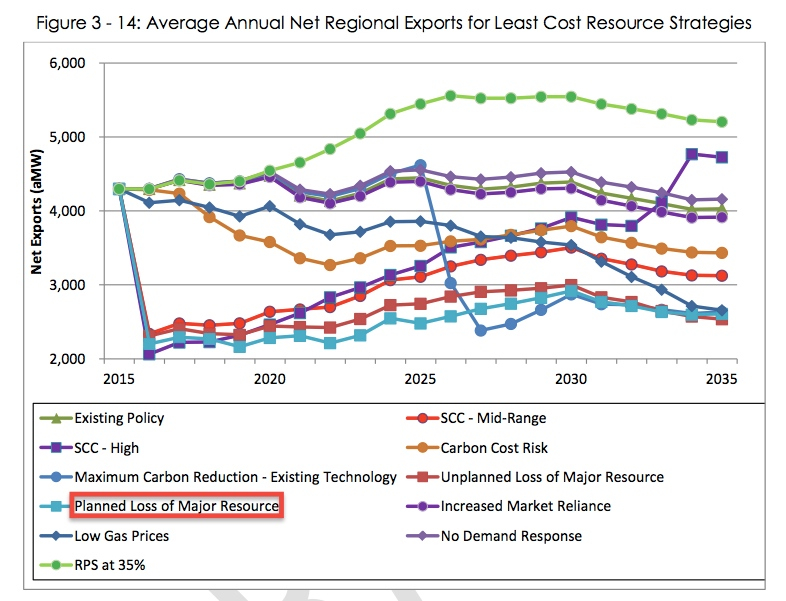forum
library
tutorial
contact

The Rivers of Northwestern Life
by Editorial BoardCapital Press, November 17, 2016
|
the film forum library tutorial contact |

|
The Rivers of Northwestern Lifeby Editorial BoardCapital Press, November 17, 2016 |
 A federal judge in Portland has asked residents of the Pacific Northwest to comment on the impact of the Columbia and Snake rivers.
A federal judge in Portland has asked residents of the Pacific Northwest to comment on the impact of the Columbia and Snake rivers.
We're glad he asked.
All he has to do is turn on a light in his office, have lunch and take a walk around Portland to understand the rivers' direct contributions to him and millions of other residents of the Pacific Northwest.
Most of the electrical power he uses is generated by the dams on the rivers. About two-thirds of the region's electricity comes from hydropower, according to the Northwest Power and Conservation Council.
Much of the food he eats was irrigated with water from the Columbia and Snake rivers and their tributaries. And those barges the judge sees plying the the Columbia and Snake rivers bring bulk grains such as wheat to downriver export terminals. From there much of the grain and other commodities are loaded onto oceangoing vessels for the trip to Japan, South Korea or elsewhere. About $1 billion of grain is shipped overseas each year.
Flood control on one of the world's mightiest river systems is a factor that is too often lost on critics. Just ask the people of Vanport -- oh, wait, that city in North Portland no longer exists. Its 40,000 people were left homeless -- 15 were killed -- during a flood of the Columbia River in 1948.
A large portion of Portland and most other riverside cities and towns wouldn't exist if it were not for the dams that control the surging waters of the rivers.
Beyond the judge's backyard, the economic impacts of the Columbia and Snake rivers are almost beyond numbers. Where once were only dryland farms or swaths of prairie grass are now thriving farms, orchards and vineyards that grow billions of dollars of crops -- crops that wouldn't exist without irrigation water from the Columbia and Snake and their tributaries.
Beyond the economic impact, though, are the many social impacts. A steady agricultural economy provides jobs and allows families to put down roots. Whether it's a larger city such as Portland or smaller cities such as The Dalles, Hood River, Umatilla, the Tri-Cities, Twin Falls, Lewiston or Burley the rivers are a large part of the reason they even exist.
Some people want to measure the value of the Columbia and Snake rivers in fish. They believe there needs to be more fish and fewer dams. At least that's what their fund-raising materials say.
Ironically, there are plenty of fish that spawn in the Columbia Basin, and there always will be. The dams on the rivers have been modified and managed in a way that allows for fish passage.
But the impact of the Columbia and Snake rivers on the Pacific Northwest -- and the rest of the nation -- isn't about numbers, or about fish. It's about the people who live and work in the region, all of whom rely on the rivers for their livelihoods. Without the dams the region would be a faint shadow of what it is today.
The Columbia and Snake rivers and their tributaries are in every sense the rivers of Northwestern life.
learn more on topics covered in the film
see the video
read the script
learn the songs
discussion forum
